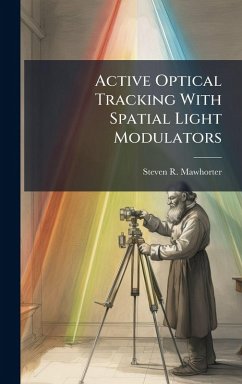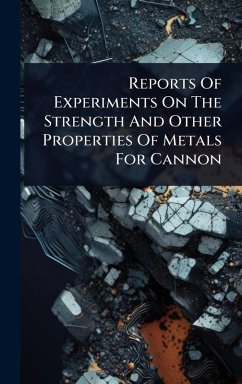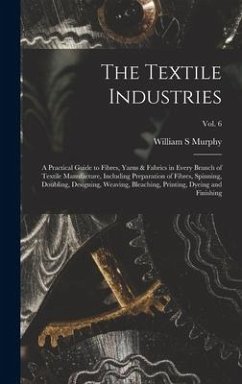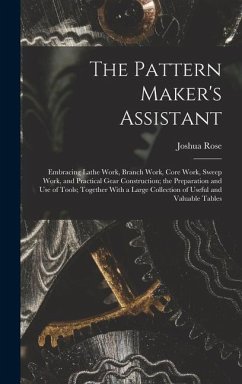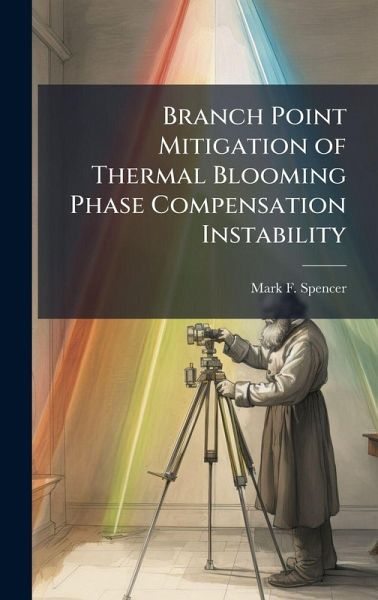
Branch Point Mitigation of Thermal Blooming Phase Compensation Instability
Versandkostenfrei!
Versandfertig in über 4 Wochen
31,99 €
inkl. MwSt.
Weitere Ausgaben:

PAYBACK Punkte
16 °P sammeln!
Thermal blooming can have a major impact on high-energy laser (HEL) beam propagation in the atmosphere. In theory, an adaptiveoptics (AO) system can mitigate the nonlinear optical effects induced by thermal blooming; however, when a single deformable mirror is used for phase-only compensation, analysis predicts the possibility of instability. This instability is appropriately termed phase compensation instability (PCI) and arises with the time-dependent development of spatial perturbations found within the HEL beam. These spatial perturbations act as local hot spots that produce negative-lens-...
Thermal blooming can have a major impact on high-energy laser (HEL) beam propagation in the atmosphere. In theory, an adaptiveoptics (AO) system can mitigate the nonlinear optical effects induced by thermal blooming; however, when a single deformable mirror is used for phase-only compensation, analysis predicts the possibility of instability. This instability is appropriately termed phase compensation instability (PCI) and arises with the time-dependent development of spatial perturbations found within the HEL beam. These spatial perturbations act as local hot spots that produce negative-lens-like optical effects in the atmosphere. An AO system corrects for the hot spots by applying positive-lens-like phase compensations. In turn, this increases the strength of the thermal blooming and leads to a runaway condition, i.e. positive feedback in the AO control loop. This study uses a series of computational wave-optics experiments to explore the conditions for insipient PCI. Horizontal propagation is modeled with the effects of extinction, thermal blooming, and turbulence for a focused Gaussian beam. In addition, a nominal AO system is used for phase compensation from a point source beacon. Results show that the development of branch points under strong thermal blooming reduces the possibility of PCI. This work has been selected by scholars as being culturally important, and is part of the knowledge base of civilization as we know it. This work was reproduced from the original artifact, and remains as true to the original work as possible. Therefore, you will see the original copyright references, library stamps (as most of these works have been housed in our most important libraries around the world), and other notations in the work. This work is in the public domain in the United States of America, and possibly other nations. Within the United States, you may freely copy and distribute this work, as no entity (individual or corporate) has a copyright on the body of the work. As a reproduction of a historical artifact, this work may contain missing or blurred pages, poor pictures, errant marks, etc. Scholars believe, and we concur, that this work is important enough to be preserved, reproduced, and made generally available to the public. We appreciate your support of the preservation process, and thank you for being an important part of keeping this knowledge alive and relevant.





